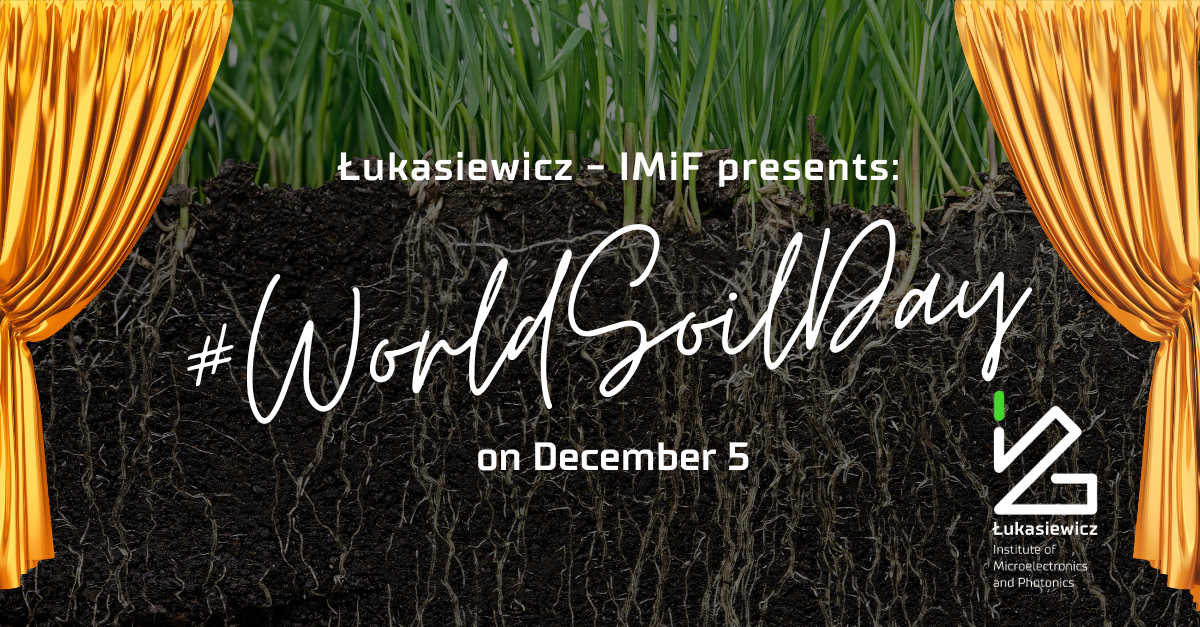The greater the soil acidification (which is manifested by a lower pH level), the higher the soil’s capacity to absorb harmful heavy metals. It’s interesting to note that human activity leads to an annual reduction of arable land by approximately 1%, which is unfortunately a concerning trend. The restoration of this land to a usable state is a lengthy process, as naturally producing just 1 cm of soil takes between 100 to 500 years – as indicated by zpe.gov.pl.
Kiranmai Uppuluri: „Soil is an integral part of the ecosystem and it is just as important to check its quality as it is to check the quality of water. Healthy soil leads to healthy plants.”
Our researcher and environmental engineer Kiranmai Uppuluri is experienced in the development and analysis of pH sensors, contributing to a more environmentally friendly world. Her recent scientific publications focus on pH research, for instance, in a sensor system designed for smart irrigation in precision agriculture.
It’s worth noting that numerous existing and planned policy initiatives under the European Green Deal aim to protect soils and lands from contamination. Strategies such as the circular economy, the ‘Farm to Fork’ Strategy, and the new soil strategy form the framework of European policy, supporting both national authorities and land users in preserving the natural environment.
Kiranmai Uppuluri’s recent scientific publications dedicated to pH research can be found here:
- A high-performance pH-sensitive electrode integrated with a multi-sensing probe for online water quality monitoring: https://pubs.rsc.org/en/content/articlelanding/2023/tc/d3tc02646a/unauth
- Sensor system for precision agriculture smart watering can: https://www.sciencedirect.com/science/article/pii/S2590123023004243
- Binary RuO2–CuO Electrodes Outperform RuO2 Electrodes in Measuring the pH in Food Samples: https://pubs.acs.org/doi/full/10.1021/acsomega.3c00538


